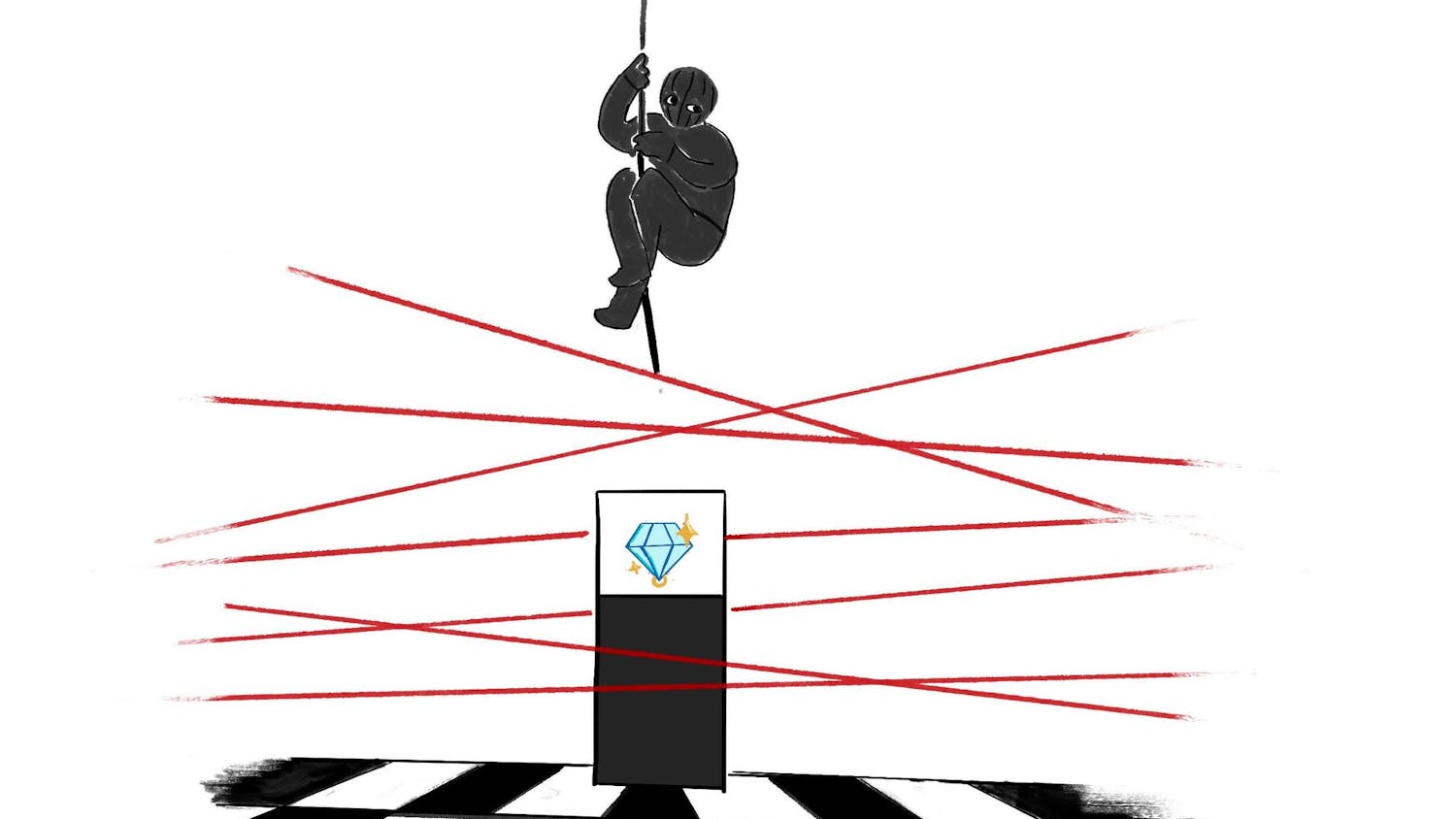Auburn University undertook a program of Sentinel testing to track the prevalence of coronavirus on campus. They have repeatedly announced incredibly low positivity rates. When something is said to be incredible, perhaps it is not credible.
The initial announcement of the program was reassuring since, according to a press release on Sept. 14, it would involve a random sample of students, staff, and faculty. This is indeed the best way to track the spread of infection without bias.
Unfortunately, the University’s implementation of Sentinel testing violates the most elementary principles of sampling required for making effective public health decisions, rendering the results of little value. At best, the observed low positivity rate might be viewed as a lower limit, but if it is being used to make important decisions about campus activities, then it could be dangerously misleading. Why do we say this?
First, the testing pool is not a random sample but rather a sample of those who agreed to participate. We don’t know why people self-selected to be in the pool, but one plausible reason is that they are concerned about the spread of the virus and would be more likely to take cautionary measures than those who shrugged their shoulders and ignored the invitation to participate.
If so, many who are indifferent to the virus, or even hostile to preventative measures are not tested. To our knowledge, the proportion of students, faculty, and staff who have voluntarily agreed to join the Sentinel testing pool has not been made public. However, there are reports of people being selected for testing two and even three times. Such a thing would be extraordinarily unlikely if the testing pool were being drawn from the entire campus population.
Second, even among the select group of people who have voluntarily entered the Sentinel testing pool, the response rates have been as low as 20% or 30%. In other words, about 75% of those invited to test did not show up.
We do not know why they did not appear for testing, but there is reason to believe this poor compliance introduces yet another bias. For example, if an individual had recently engaged in risky behavior, they might decline an invitation to be tested.
Finally, people who appear for testing showing signs or symptoms of COVID-19 are turned away. Thus, the positivity rate is only for asymptomatic people and is not a reflection of the virus’s overall prevalence on campus.
Good information can be gained by determining prevalence among asymptomatic people, but from our reading of press reports and other materials describing the positivity rate, this important qualifier has not been clear.
We are puzzled that more effort has not been devoted to improve the testing and justify the expended resources. Incentives for participating as well as penalties for not participating would certainly make the program more credible. All told, these are reasons to be concerned that the incredibly low positivity rate is not what it appears to be.
Both Tracy Witte and Chris Newland are professors of psychological sciences at Auburn University.
Do you like this story? The Plainsman doesn't accept money from tuition or student fees, and we don't charge a subscription fee. But you can donate to support The Plainsman.





